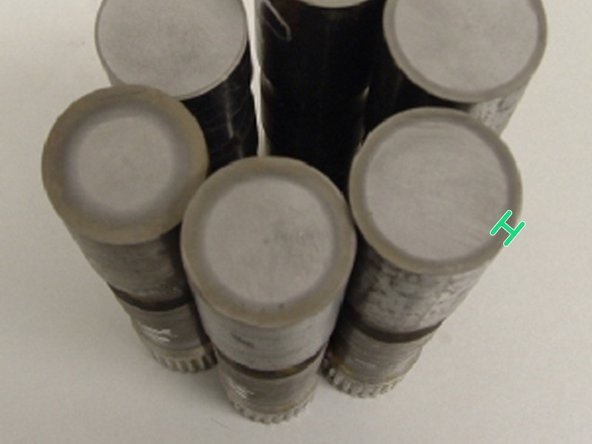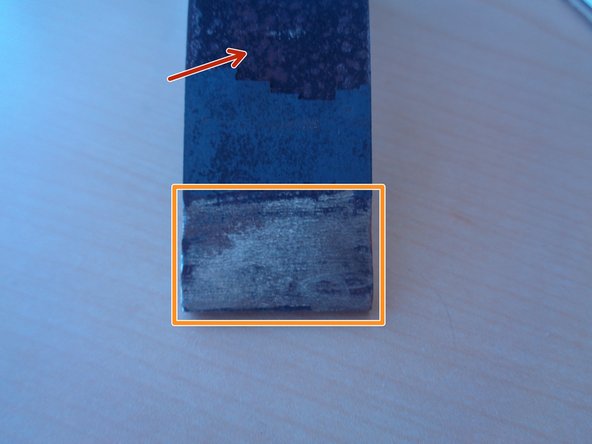Introduction
If the size of test specimens exceeds what can accommodated by the anvils, you will need to cut your specimen using one of several cutting methods. [link to cut off, band saw, hack saw].
Tools
Parts
No parts specified.
-
-
Specimen size is limited by the range of travel for the indenter.
-
The specimen shape must be matched with an anvil to provide a stable horizontal surface for the indenter.
-
For more information on how to test large specimens or the inside of a cylindrical specimen, see the ASM Handbook On-line.
-
-
-
Choose and anvil on which your sample can rest to produce a stable, horizontal surface for the indenter.
-
Angled anvils accommodate cylindrical specimens.
-
Flat anvils accommodate specimens that are more like a prism.
-
-
-
As a rule of thumb, the thickness of the test sample should be 10 times the depth of the indentation.
-
If you are testing a case hardness, the case should be 10 times as thick as the depth of the indentation.
-
To determine the Rockwell test needed for your sample conditions, consult this table.
-
-
-
The specimen should be dry and free of debris.
-
The area where you will test on the specimen should be free of scale.
-
To remove scale, use a grinder to reveal the underlying metal.
-







